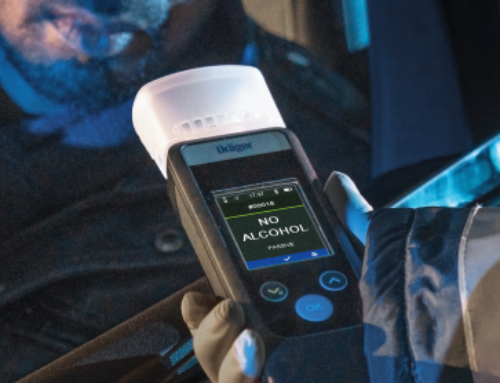HSE warns on exposure to container hazards
Workers who open or enter loaded containers could be exposed to dangerously low oxygen levels or to hazardous substances in the air which have built up as a result of limited ventilation while they are sealed, the Health & Safety Executive has warned.
HSE scientists visited six ports and two distribution centres and found a range of hazardous substances and low oxygen levels inside the containers which had the potential to affect workers who open or enter them.
Nicola Jaynes, from HSE’s Transport and Public Services Unit, said: “This important research looked at the associated systems of work at ports and distribution centres across Great Britain.
“Some hazardous atmospheres have the potential to harm workers if breathed in. For example, they may contain toxic substances such as fumigants and carbon monoxide or have dangerously low oxygen levels. Potential harm includes asphyxiation and ill health.
“The research confirmed there is the potential for exposure to hazardous substances and/or oxygen depleted atmospheres when opening freight containers if effective control measures are not in place. This underlines the need for suitable and sufficient risk assessment when conducting this type of work.
“It identified a range of good practice control measures at the six ports. Examples of this included training workers about the risks, and workers testing for hazardous substances in the atmosphere inside freight containers before entering them.
“However, the researchers did not find adequate safe systems of work at the two distribution centres. While this was only a small sample size, these findings cannot be considered as representative of the distribution sector. HSE will use the findings to inform and engage with the industry and local authority regulators.”
Businesses must have effective control measures in place to protect workers. HSE publishes guidance and an Approved Code of Practice for the Confined Spaces Regulations (1997) that will help, available via its website, hse.gov.uk












